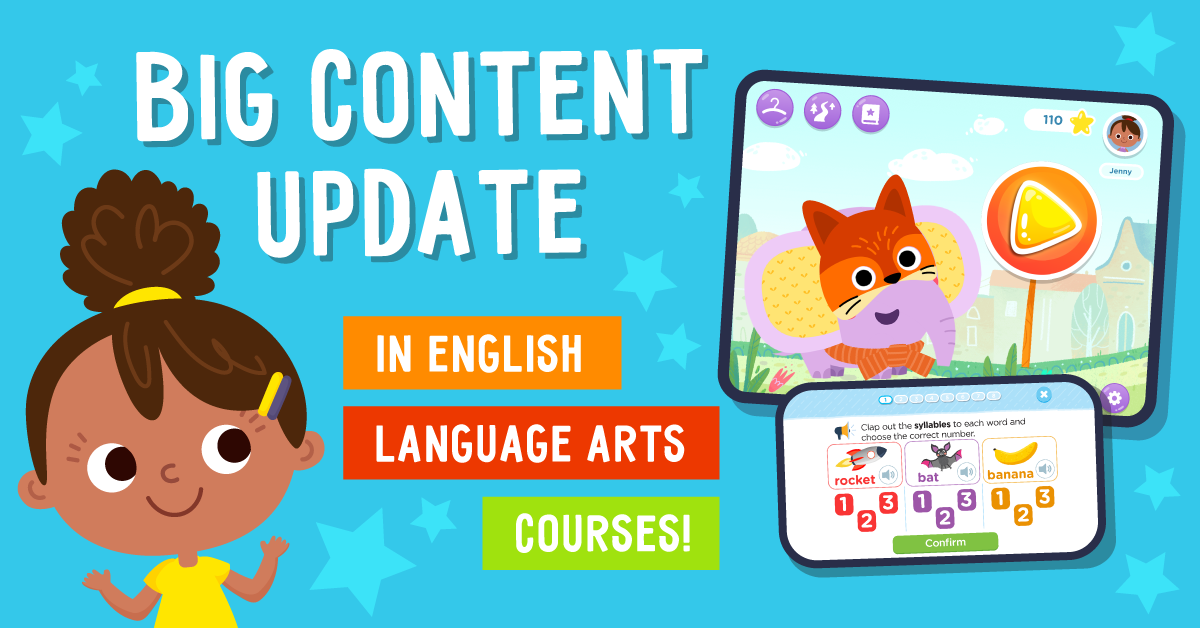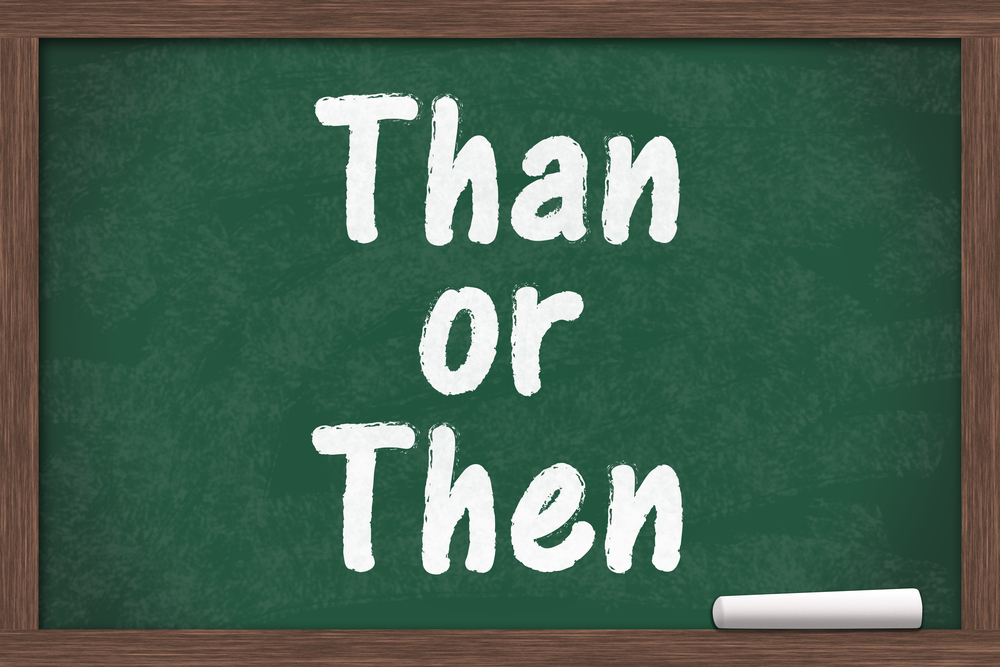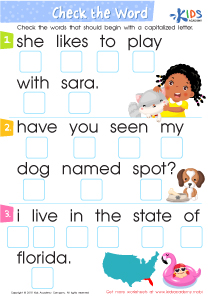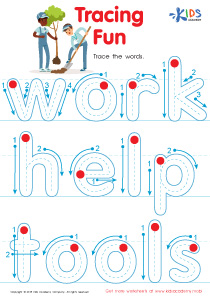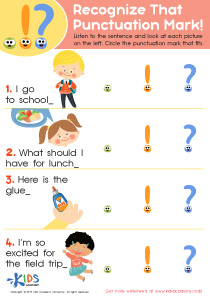Normal Grammar Worksheets for Ages 8-9
89 filtered results
-
From - To
Unlock the World of Words with Our Normal Grammar Worksheets for Ages 8-9!
Dive into an exciting journey of language exploration with our meticulously designed Normal Grammar worksheets, tailored specifically for young learners aged 8-9. These engaging and interactive worksheets are crafted to build a solid foundation in grammar, making it fun and accessible. From mastering the basics of nouns, verbs, and adjectives to conquering the complexities of sentence structure and punctuation, our worksheets are your child's best companion in achieving grammatical excellence. Watch as your child develops confidence in their writing and reading skills, all while enjoying the process of learning. Embrace the adventure of grammar with us today!
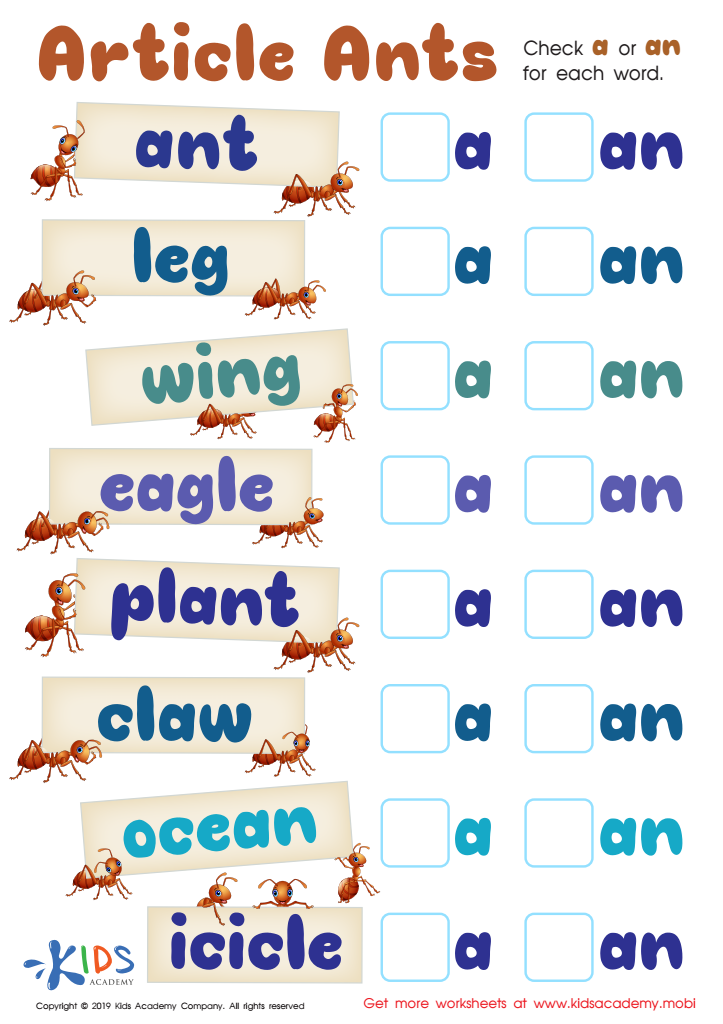

Article Ants Worksheet
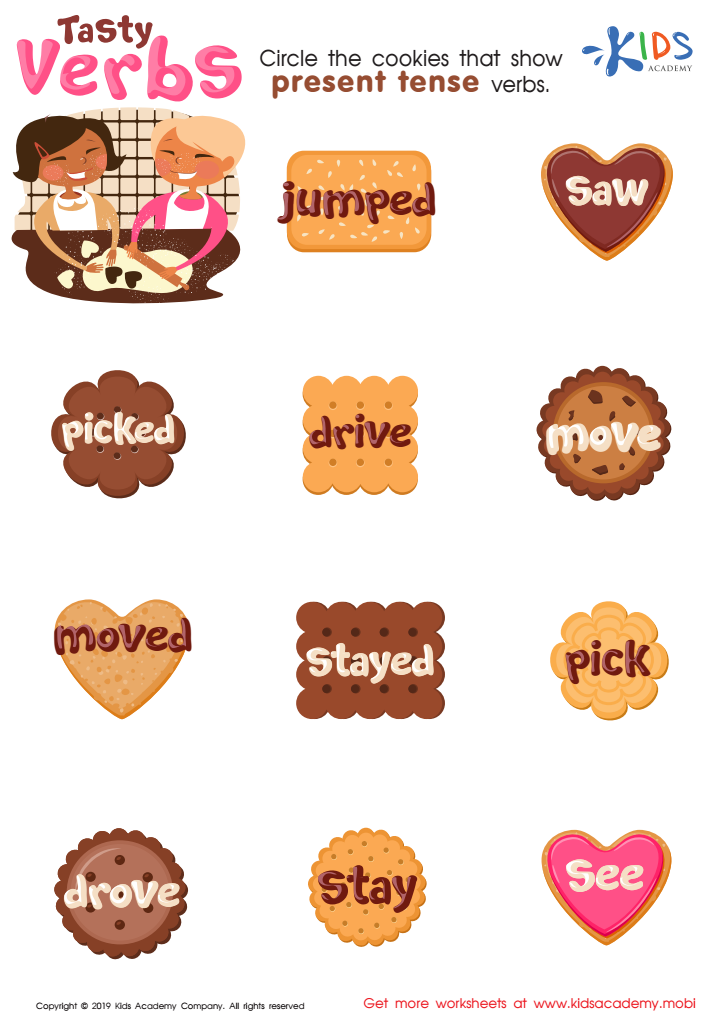

Tasty Verbs Worksheet
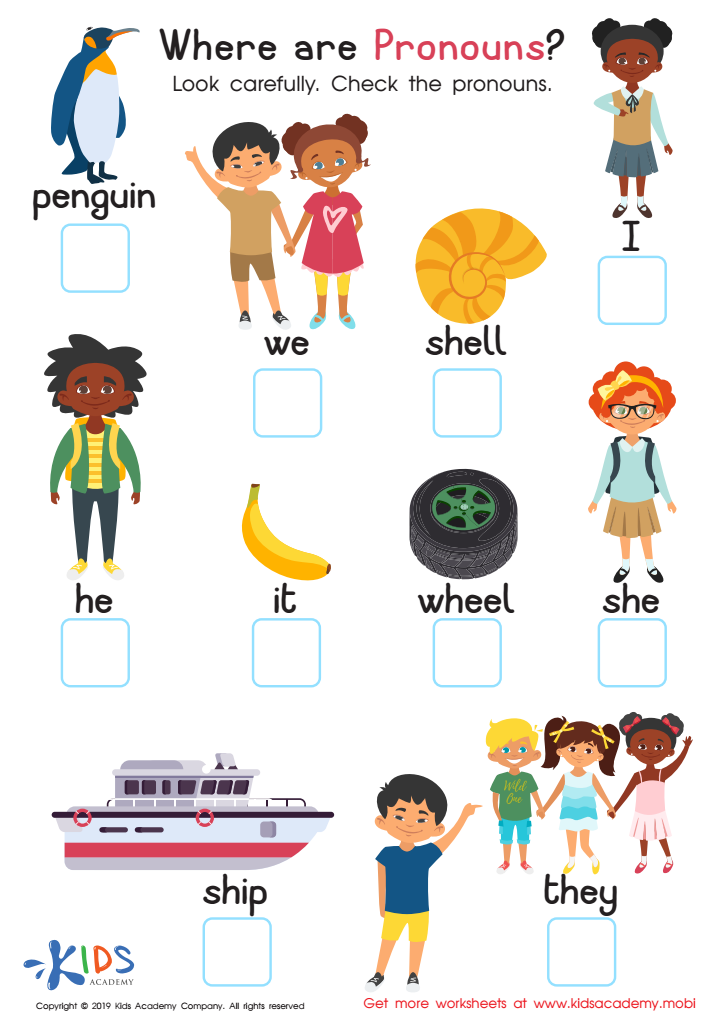

Where Are Pronouns? Worksheet
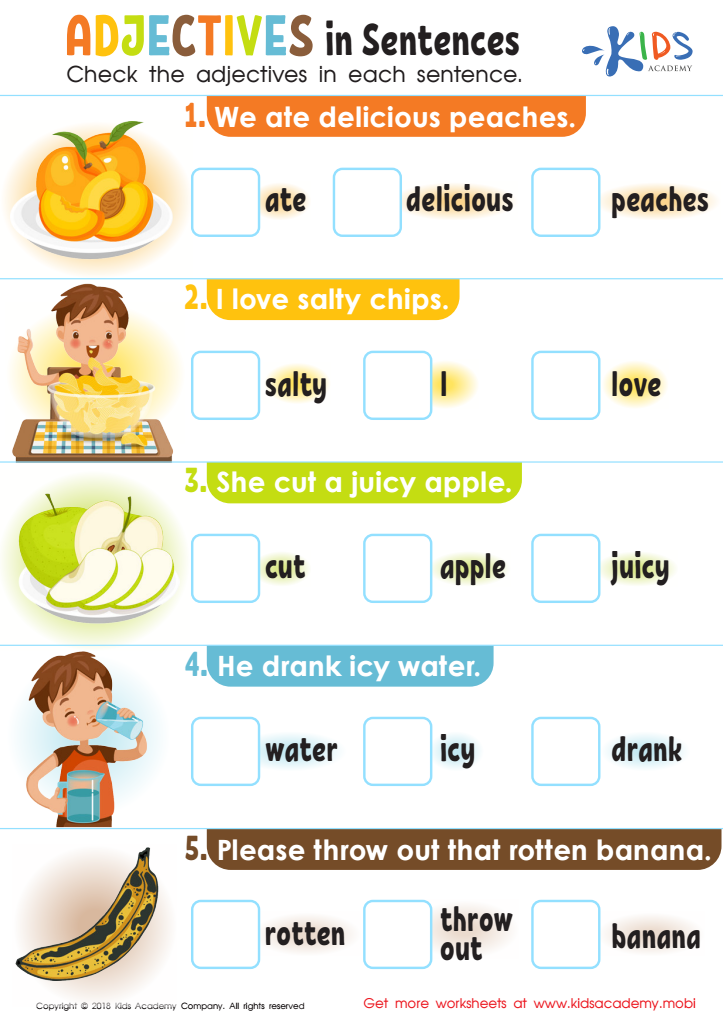

Adjectives in Sentences Worksheet
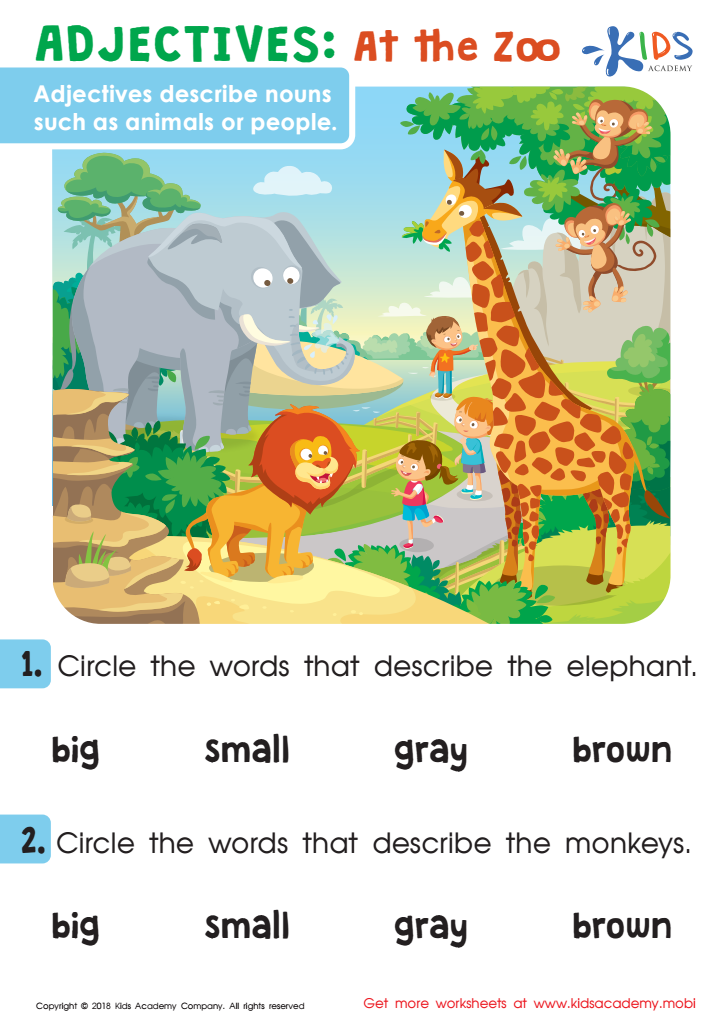

Adjectives: At The Zoo Worksheet
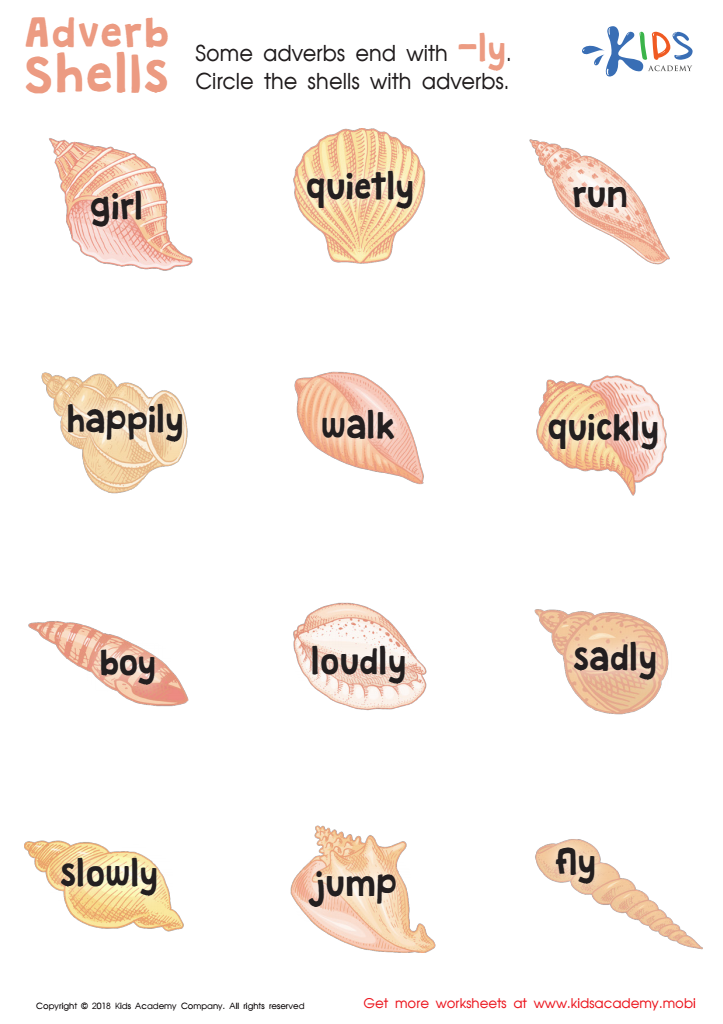

Adverb Shells Worksheet
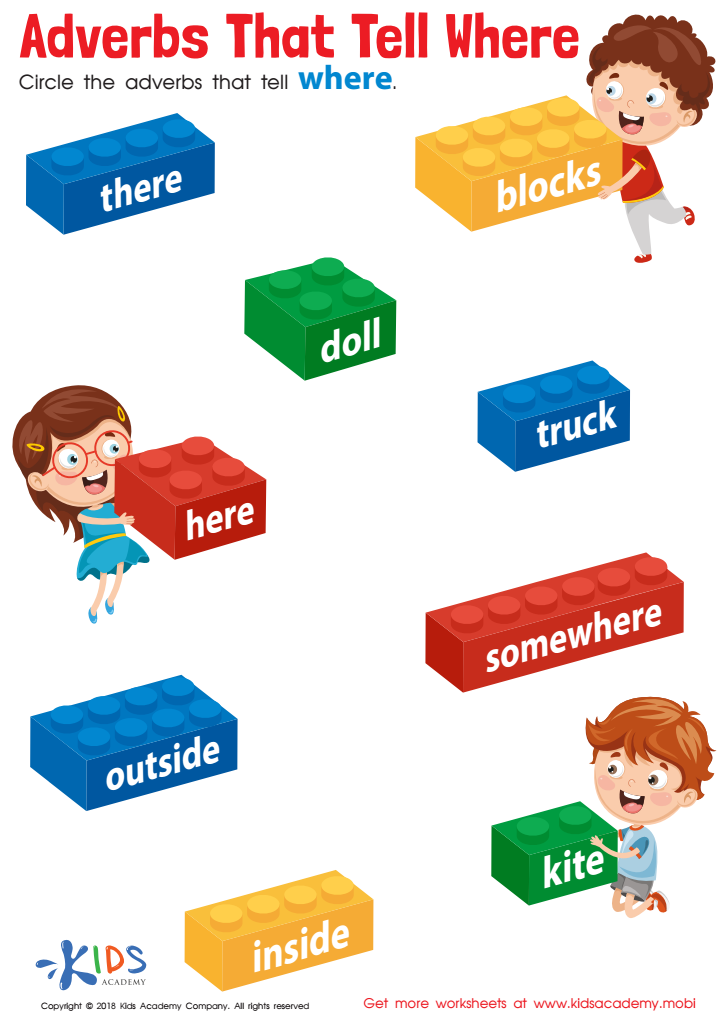

Adverbs That Tell Where Worksheet
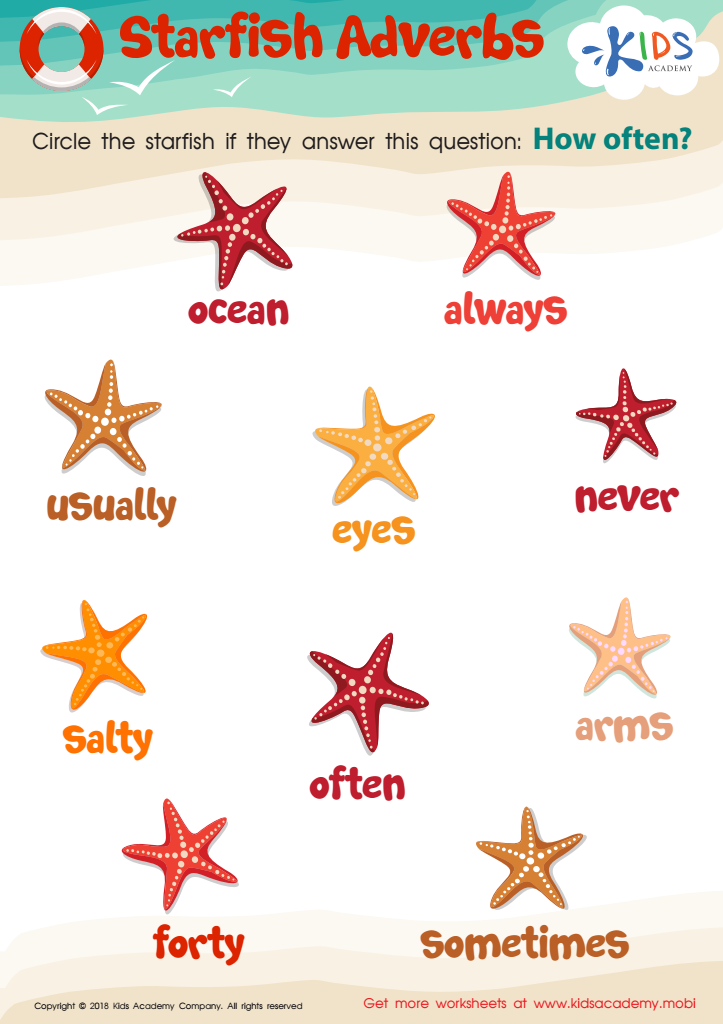

Starfish Adverbs Worksheet
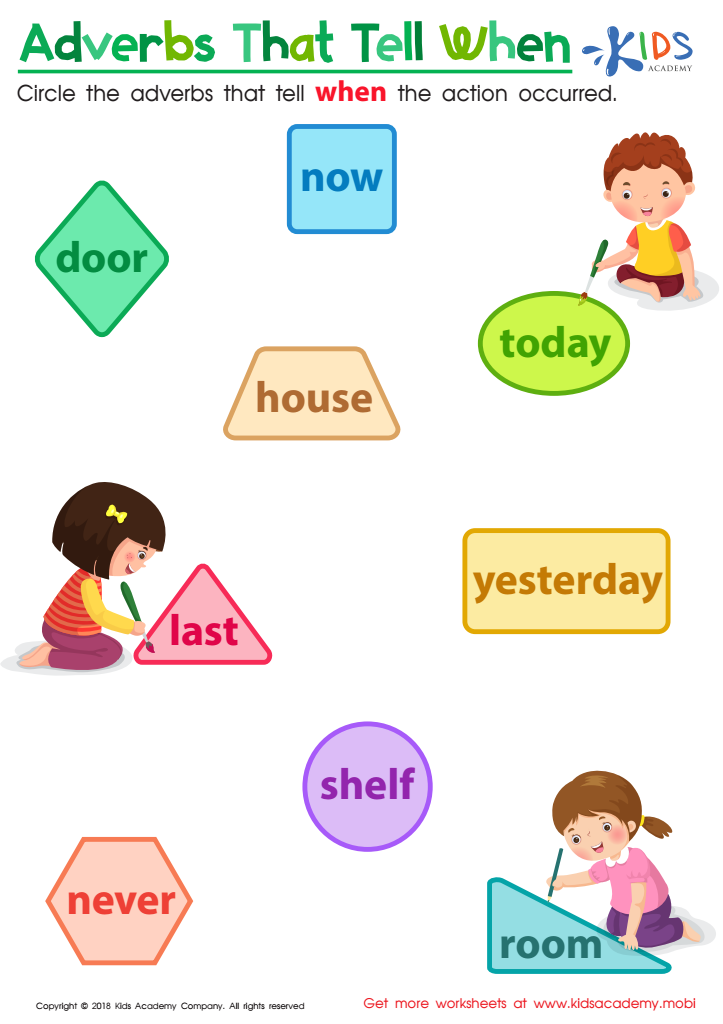

Adverbs That Tell us When Worksheet
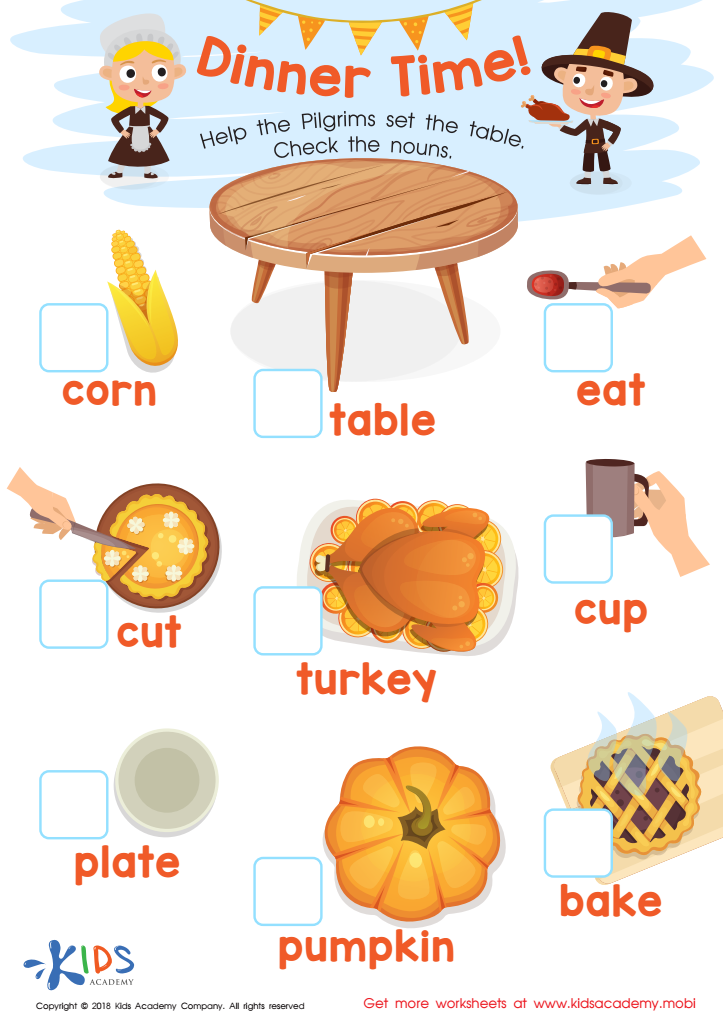

Dinner Time! Worksheet
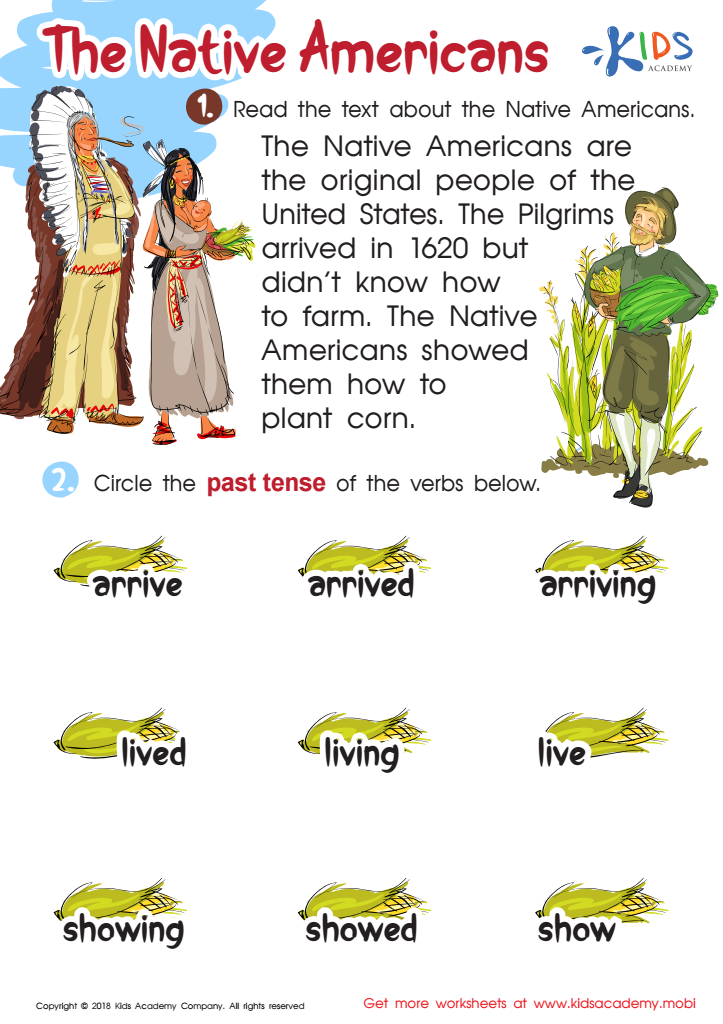

The Native Americans Worksheet
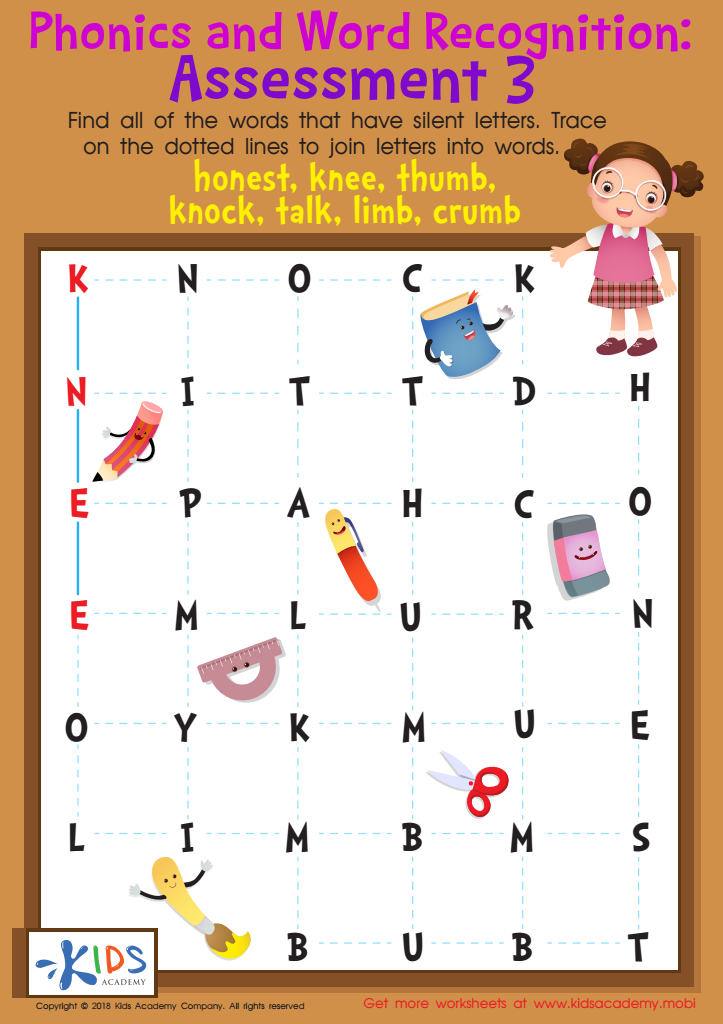

Phonics and Word Recognition: Assessment 3 Worksheet
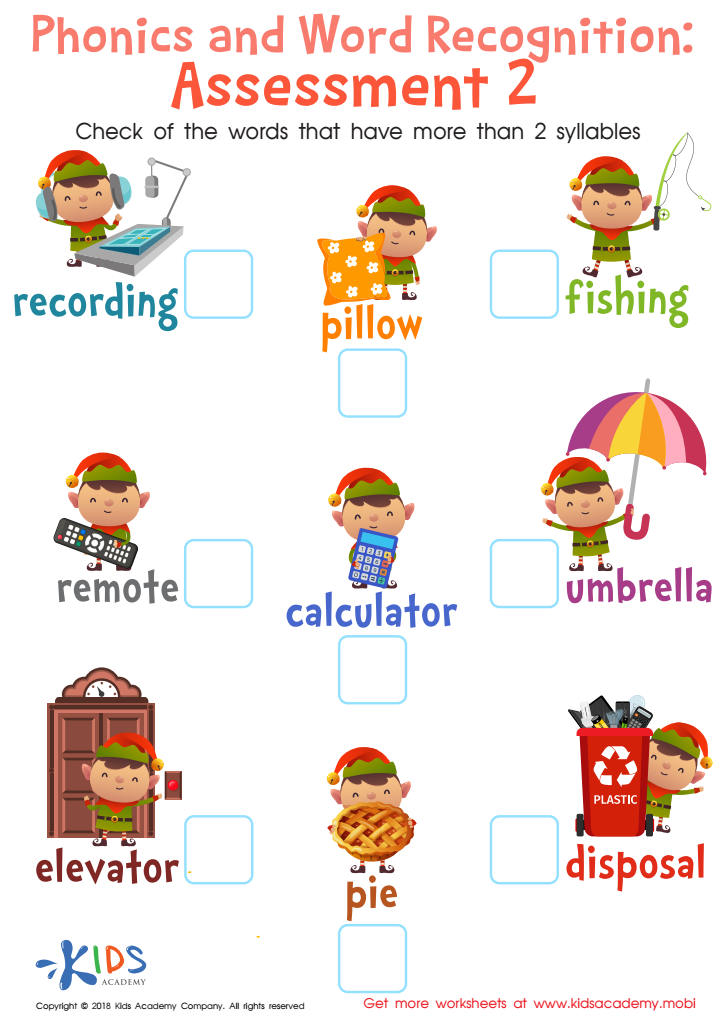

Phonics and Word Recognition: Assessment 2 Worksheet
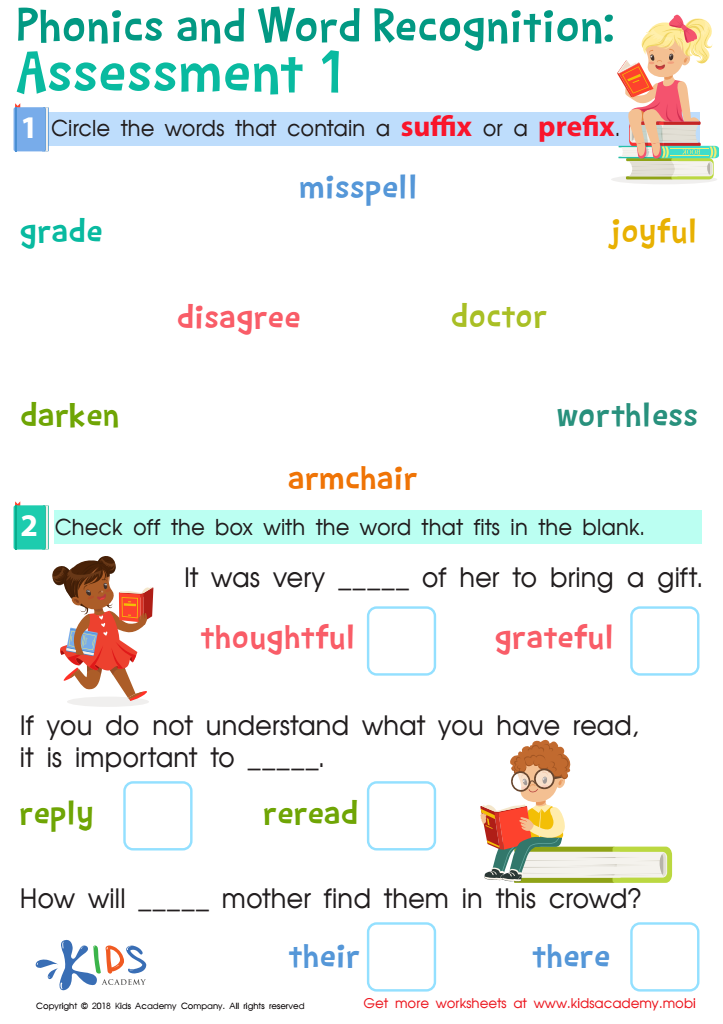

Phonics and Word Recognition: Assessment 1 Worksheet
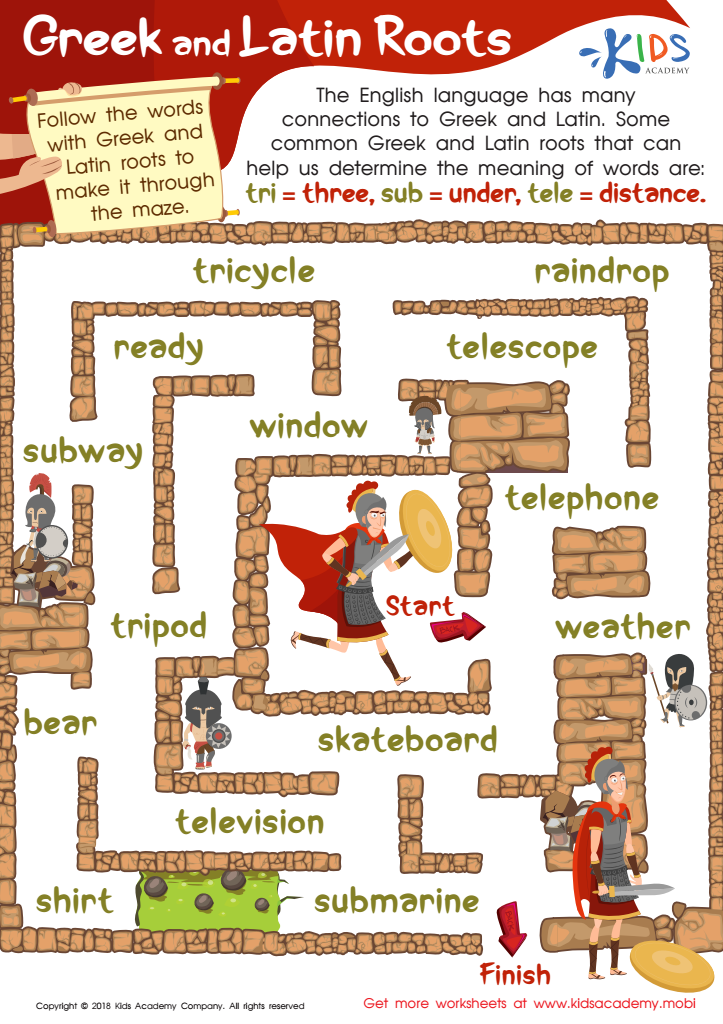

Greek and Latin Roots Worksheet


Action! Worksheet
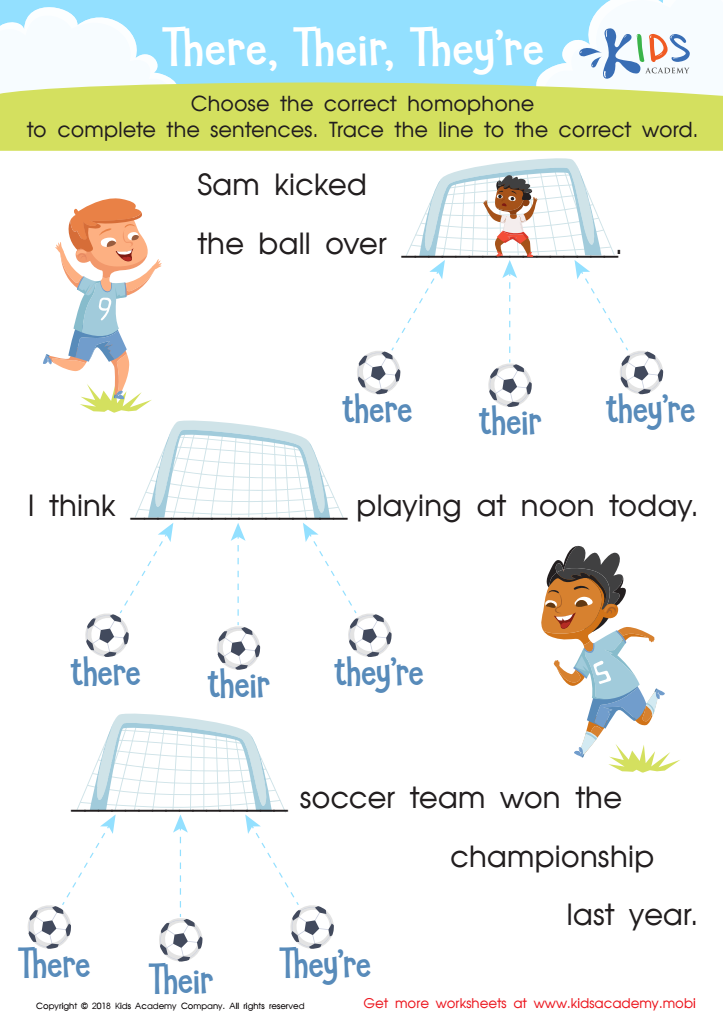

There, Their, They're Worksheet
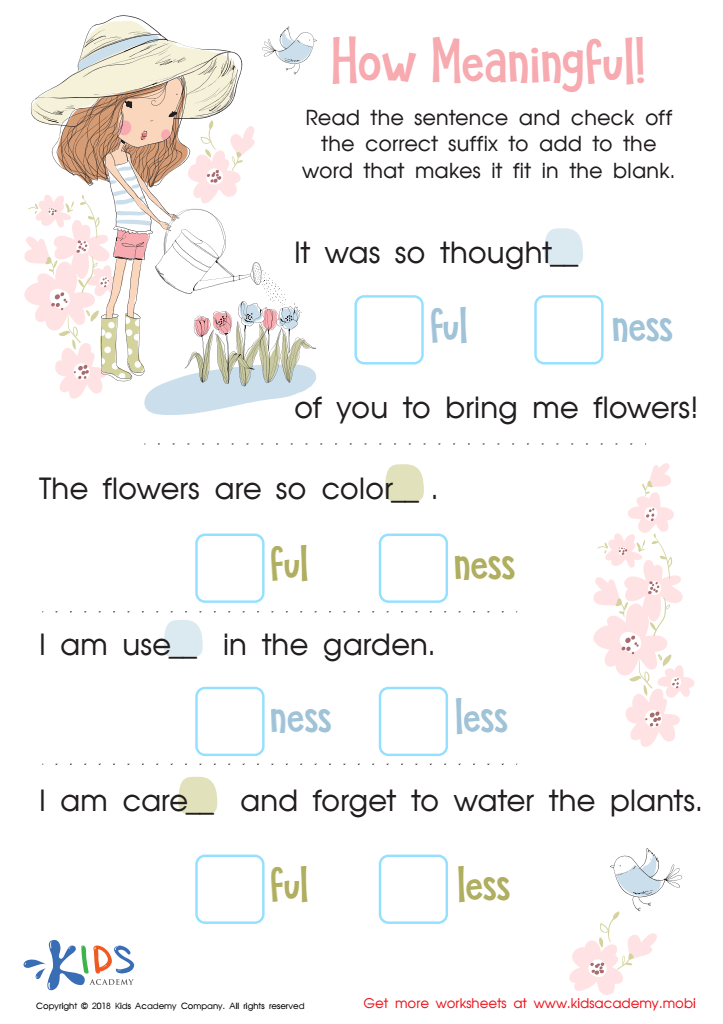

How Meaningful! Worksheet


Decoding Multisyllabic Words Worksheet
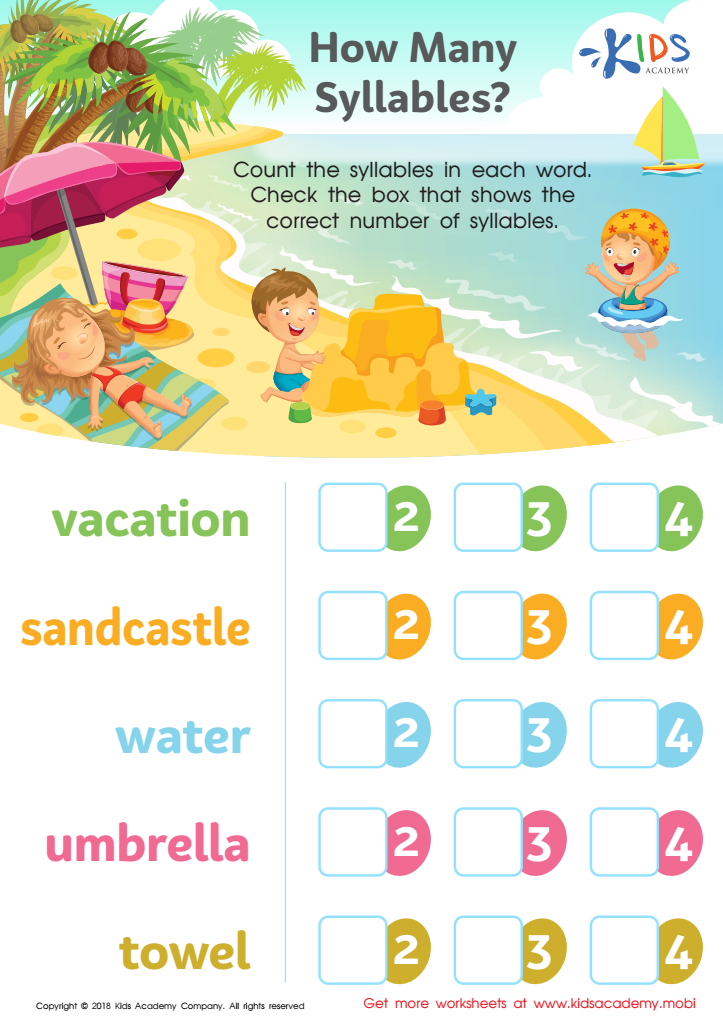

How Many Syllables Worksheet
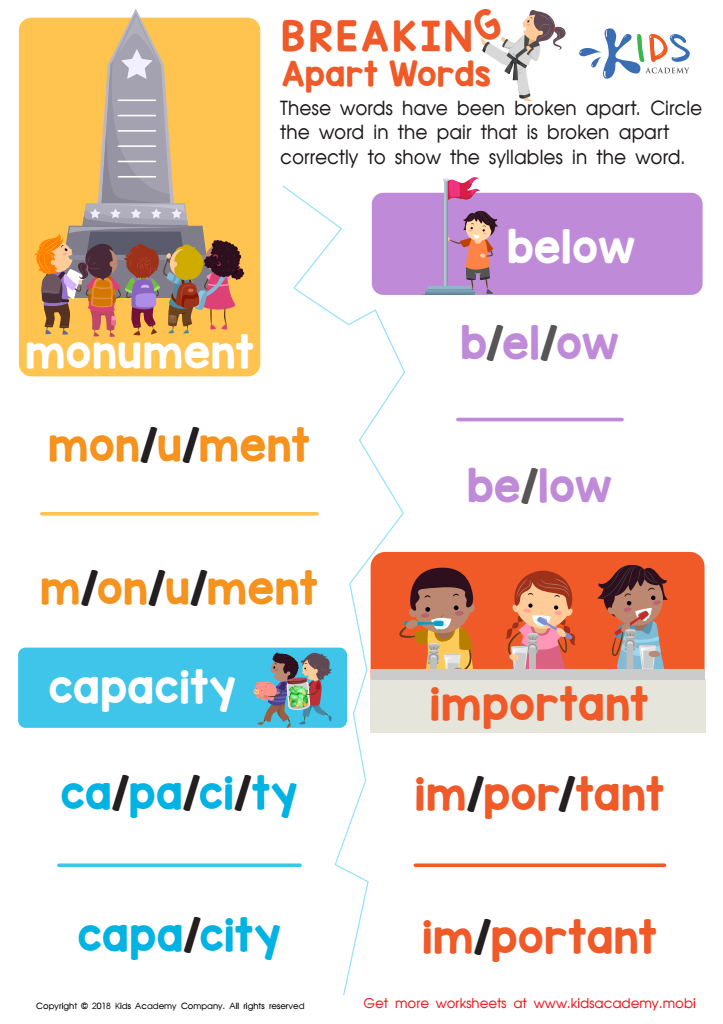

Breaking Apart Words Worksheet
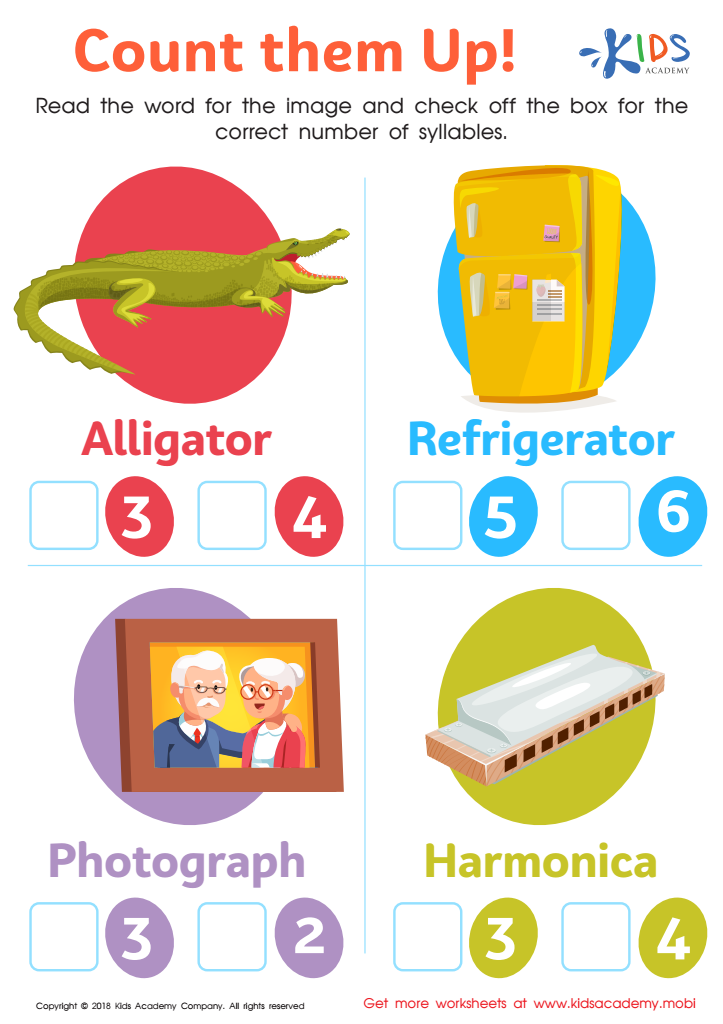

Count Them Up Worksheet


Adjectives Worksheet
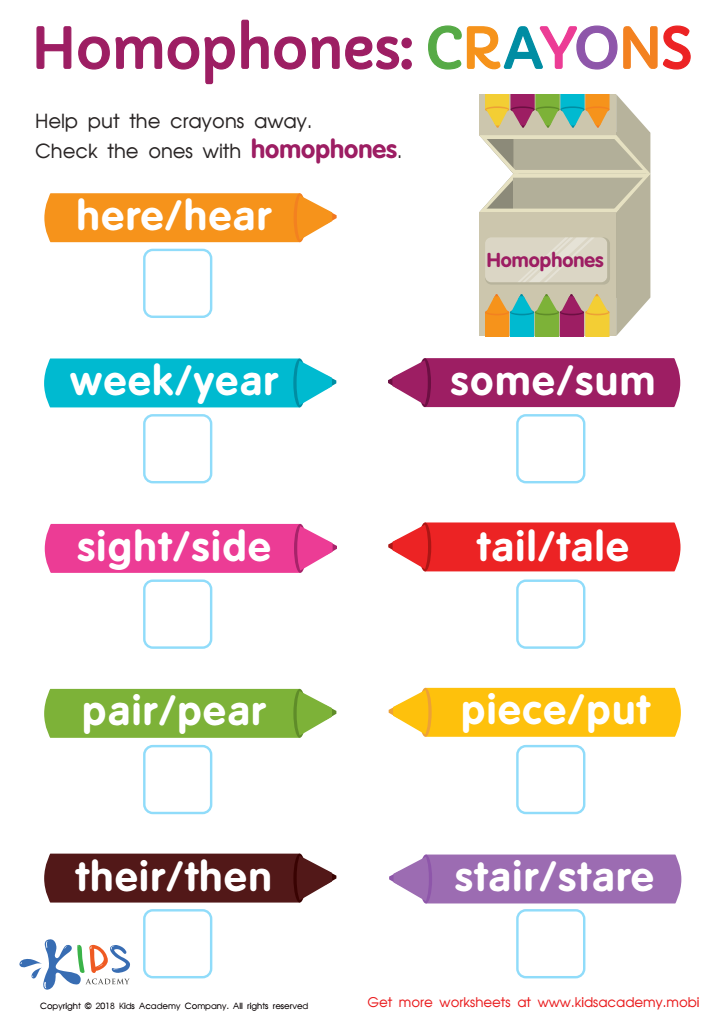

Homophones: Crayons Worksheet
Normal Grammar worksheets for Ages 8-9 are an essential tool in the foundational development of a child's language skills. At this critical age, children are more receptive to learning new concepts, making it the perfect time to introduce structured grammar exercises. These worksheets are specifically designed to cater to the learning capabilities of 8 to 9-year-olds, ensuring the material is not overly complex yet challenging enough to stimulate their cognitive abilities.
One of the key reasons these Normal Grammar worksheets are so useful is that they provide a systematic approach to learning grammar. This structured method helps children understand the rules and applications of grammar in their daily communication. By practicing through worksheets, children can learn at their own pace, allowing for repetition of difficult concepts until mastery is achieved.
Furthermore, these worksheets are equipped with a variety of exercises that make learning engaging and fun. From fill-in-the-blanks to sentence correction and writing prompts, they offer a comprehensive coverage of grammar topics suitable for Ages 8-9. This variety ensures that learning is not monotonous but an enjoyable activity that children look forward to.
In conclusion, Normal Grammar worksheets for Ages 8-9 are invaluable in building a strong grammar foundation. They offer a balanced mix of challenge and engagement, making grammar learning an effective and enjoyable experience for young learners.

 Assign to the classroom
Assign to the classroom
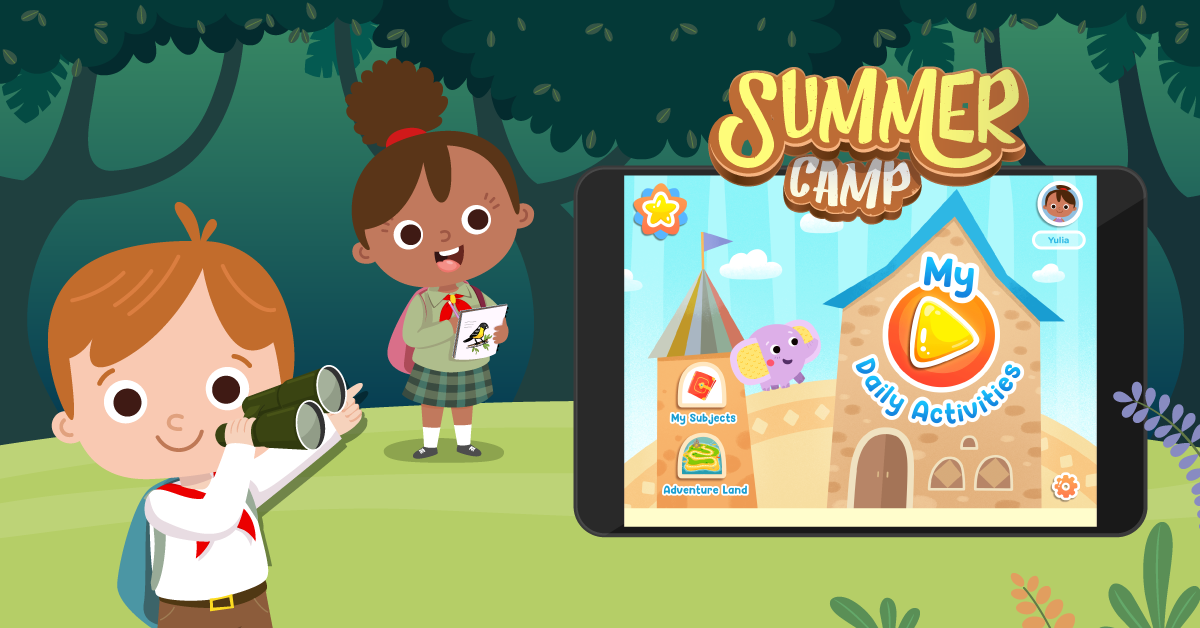

.jpg)

